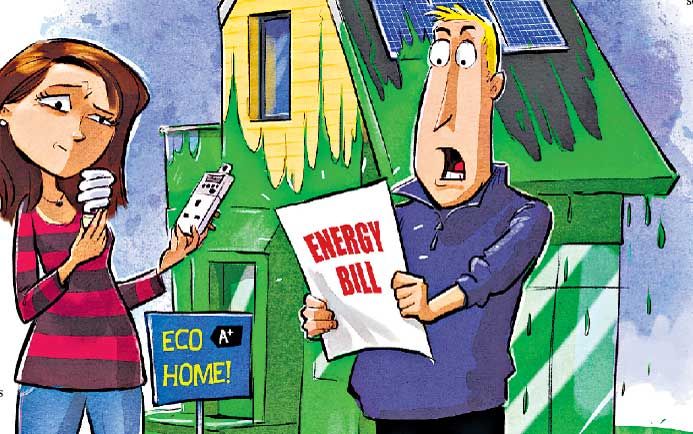For many people the electric bill arrives every month and gets paid without a second thought. But understanding what you are actually being charged for can help you catch billing errors manage your usage and even find ways to save money. Whether you are a homeowner or run a small business knowing how to read your electric bill is a smart habit.
The first section of most electric bills includes basic information such as your name account number and the billing period. This tells you the start and end date for the charges you are about to see. Always check that the dates match your normal billing cycle and that the account details are correct.
Next comes the usage summary. This shows how much electricity you used during the billing period usually measured in kilowatt-hours or kWh. Some bills include a bar graph that compares your current usage to previous months or the same period last year. This can help you notice seasonal trends or spot unusual increases.
Then you will see the charges broken down. This part can be confusing because it includes several line items. Common charges include:
Energy supply charge which is the cost of the actual electricity you used
Delivery or distribution charge which covers the cost of getting that electricity to your home or business
Taxes and fees which may vary depending on your location
If you are in a deregulated market you might also see a charge from a third-party supplier. In that case your utility handles the delivery and the supplier sets the price for the electricity itself. It is important to know who your supplier is because you might be able to switch to a better rate.
Some bills also include a fixed monthly fee just for being connected to the grid. Even if you use little energy this charge still applies. Make sure to check if that fee seems normal or has increased recently.
Toward the bottom of the bill you will find the total amount due and the due date. Try to pay your bill on time to avoid late fees and protect your credit if the utility reports to credit agencies.
If something looks wrong or confusing do not hesitate to call your utility company or energy broker. They can help explain the charges or check for possible errors.
Reading your electric bill might not be exciting but it is a powerful tool. The more you understand what you are paying for the more control you have over your energy costs.


